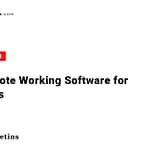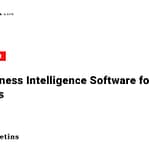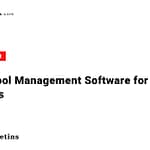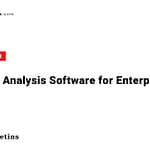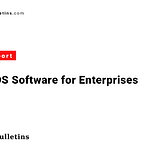Closing the books is one of the most demanding parts of accounting — reconciling endless entries, matching transactions, updating ledgers, and ensuring everything is audit-ready. Traditionally, this has meant long hours, tons of spreadsheets, and high pressure for finance teams.
But here’s the problem: despite the complexity of modern business, many companies still rely on outdated methods — manually inputting data, tracking tasks through emails, and using legacy systems that can’t keep up. The result? Slower closes, more errors, and less time for strategic work.
In 2025, that’s no longer sustainable. With transaction volumes growing and regulations tightening, businesses can’t afford inefficiencies. The answer? AI-driven financial close software.
Speed & Efficiency
Manual close processes are slow by design. Every task needs follow-up. Progress is hidden in files and inboxes. And as teams scale, the workload multiplies. Meanwhile, automation brings structure. Data flows into templates, journal entries are reviewed and posted automatically, and dashboards show exactly where things stand — in real time.
Reducing Human Dependence
Too much still depends on memory — “Did we post that entry?” or “Who’s reviewing this file?” One forgotten step can delay the whole cycle. AI removes that risk by mapping out tasks in advance, assigning ownership, and triggering actions automatically. Everyone knows what’s next — no chasing required.
Clean Data, No Rework
Manual processes start with data prep: exporting reports, cleaning files, fixing formats. It’s tedious and error-prone. AI-led systems remove all that. Reports, balances, and documents flow in automatically and connect to your ERP — no more copy-paste chaos.
Accuracy & Confidence
Manual close means constant checking and fixing. One small mistake can derail everything. AI systems ensure data flows correctly, approvals are routed instantly, and real-time dashboards keep teams in sync. No more last-minute surprises — just accurate numbers, always.
Save Time, Cut Costs
Disjointed spreadsheets and endless email threads don’t just slow teams down — they cost money. Manual work eats into productivity. With automated close workflows, accountants focus on what matters. AI handles data pulls, checklists guide tasks, and teams get a clear path to finish faster.
Why 2025 Belongs to AI-Led Close
Modern close demands more than spreadsheets. To scale, stay compliant, and move faster, finance teams need tools that work smarter — not harder. With the right financial close software, businesses can reduce close times by up to 40%, save 1,000+ hours a month, and cut reconciliation errors by 70%.
Manual methods simply can’t keep up. In 2025, automation isn’t an upgrade — it’s a necessity.



